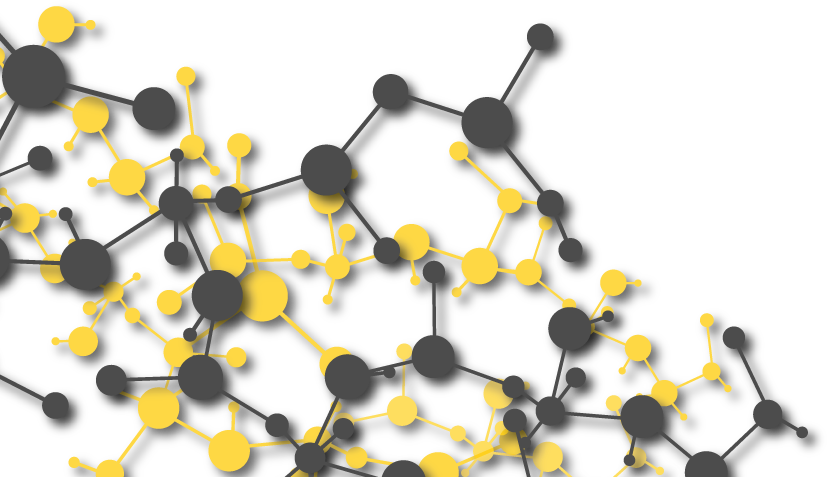Gantrade offers the incredibly versatile diol, 2-Methyl-1, 3-Propanediol (MPO) for a range of market applications for unsaturated polyester resins, including composites and gelcoats, as well as saturated polyester for liquid can & coil coatings, powder coatings, polyester polyols for polyurethanes, and more.
We sat down with John Drummond of Gantrade Europe and Helen Wu with the company’s US group for a Q+A session sparked by increased interest worldwide in the use of MPO.
Why are you seeing increased interest in MPO?
Helen Wu: We are speaking with lots of customers and prospective customers about this material, and from the beginning we’ve seen a real interest resulting from our conversations. There are so many performance attributes that MPO adds, making this diol a versatile building block for many market applications, mainly in applications that need softness and flexibility.
Do you see the rise of MPO in specific geographies or industries?
John Drummond: We’re actually seeing it globally, specific to our polyester resins business for both saturated and unsaturated polyester, as well as the urethane sector.
What’s the value proposition of MPO as a diol for global use?
John Drummond: Using MPO has a number of value-adds for processors. There are both performance benefits and processing benefits. They are able to produce lower colour resins with MPO and achieve low temperature performance. It’s just easier to handle and process, coupled with the fact it’s very safe.
Helen Wu: There’s a lot of potential for this material, as MPO adds superior water resistance, UV resistance, adding clarity, high compatibility with high molecular weight components and low temperature capabilities, due to its low Tg (glass transition temperature). There are several application advantages, actually. MPO offers low viscosity in applications as diverse as ink varnish, polyurethane coatings, can/coil coating, polyurethane polyester dispersion, and powder coating resins.
John Drummond: MPO also increases storage stability for dispersion and suspension and improves the clarity and weatherability of products. MPO increases water dispersion shelf life, and it improves flexibility and adhesion of certain compounds.
Let’s talk about some of the performance enhancements achieved with MPO for everyday products.
John Drummond: In unsaturated polyester marine resins, we’ve seen MPO used in formulations to optimize gloss weatherability. Put simply, the MPO used in the composition of the hull keeps its color and shine for longer, in the face of the corrosive effects of UV and water. MPO has very good UV and rubbing resistance, and it should be a mainstay in the luxury yacht market for years to come.
Helen Wu: We also see manufacturers of truck bed liners leverage these same element resistant characteristics with UV and water. As anyone who owns a truck knows, one of the key responsibilities of a liner is to keep its color and resist scratch and abrasion over time. MPO helps manufacturers meet both of these demands, and it keeps the liner from degrading over time. Liners are stronger, scratch-resistant, and withstand element exposure.
John Drummond: An even more universal application is the use of MPO in unsaturated polyester resins for the home, known commercially as solid surface resins in countertops. This application highlights the temperature stability and ability to prevent cracking that MPO adds to these formulations. The MPO enables the solid surface countertop to weather the temperature extremes of everyday kitchen use, from a hot pan just off the stove to a frozen pack of vegetables.
Helen Wu: Let’s not forget the role MPO plays in adding elite shock absorbency to high-end athletic shoes and helmets. In this way, it enhances existing foam formulations in thermoplastic urethanes (TPU) and ethylene vinyl acetate (EVA).
You mentioned processing enhancements as well.
Helen Wu: In systems applications, it’s a chain extender that’s very easy to handle. Our customers will supply an applicator in the field, and the MPO curative liquid can be easily poured for a formulation. When you make polyester out of MPO, for example, the resulting polyols are low-viscosity liquids that are easy to mix.
John Drummond: MPO is really easy to work with, when you want to make something at a lower temperature, especially, or when you want to make something that’s softer, versus a hard mold. When your material is easier to use, you are more efficient and your products are ultimately quicker and cheaper to produce.
MPO has no odor, low viscosity, and high purity, in addition to being easy to handle. There’s no ventilation requirement, and there’s no regulatory requirement, as it’s not a hazardous liquid. And it’s less hygroscopic than butanediol, not as moisture-sensitive.
Helen Wu: Finally, we can’t speak enough about safety. MPO is used as a lotion on people’s skin and in hygiene wipes, so there’s no safety concern about using it in an industrial environment.
Conclusion
According to both Drummond and Wu, the permutations for use of MPO across multiple markets are virtually infinite. In addition to the examples above, formulators use MPO in saturated polyester resins for liquid and powder coatings, polyurethanes, PU-based coatings and adhesives, polymers, reactive plasticizers, lubricants and heat transfer media, and detergents.
If you’d like to explore the possibilities for enhancing the performance and processing of your products with MPO, contact Gantrade today.















